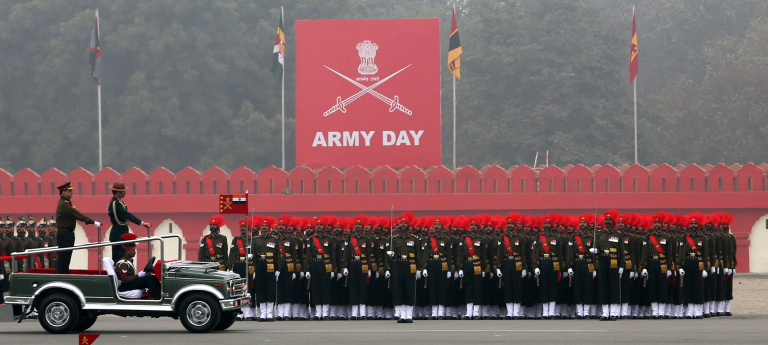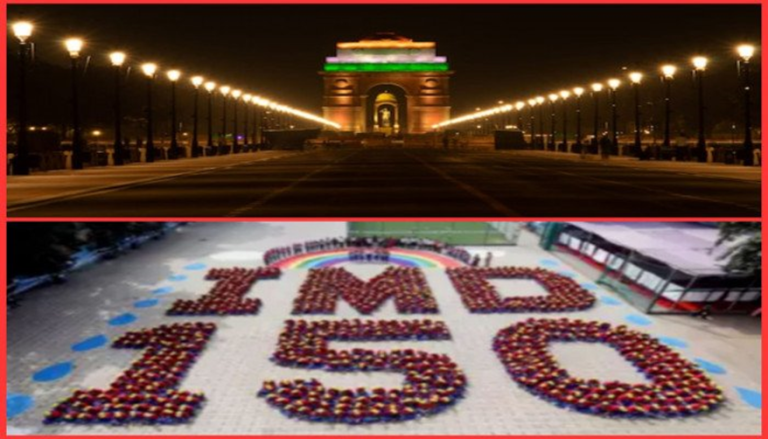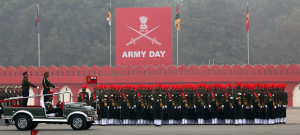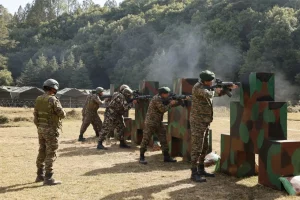Continuing with an over three-decade practice, India and Pakistan on January 1 exchanged a list of their nuclear installations under a bilateral pact that prohibits the two sides from attacking each other’s atomic facilities.
Annual Exchange Of List Of Nuclear Installations
The exchange of the list took place under the provisions of an agreement on the prohibition of attack against nuclear installations and facilities, the Ministry of External Affairs (MEA) said. The agreement was signed on December 31, 1988, and entered into force on January 27, 1991. It mandates the two countries to inform each other of nuclear installations and facilities to be covered under the agreement on the first of January of every calendar year.
“This is the 33rd consecutive exchange of such lists between the two countries, the first one having taken place on January 1, 1992,” the MEA said in a statement.
What is the agreement between India and Pakistan?
The agreement on the Prohibition of Attack against Nuclear Installations and Facilities was signed on December 31, 1998, by the then Pakistani prime minister Benazir Bhutto and Indian PM Rajiv Gandhi. The treaty came into force on January 27, 1991, and has two copies each in Urdu and Hindi.
In 1986, the Indian army carried out a massive exercise ‘Brasstacks’, raising fears of an attack on nuclear facilities. Since then, both countries had been negotiating to reach an understanding towards the control of nuclear weapons.
The agreement mandates both countries to inform each other about any nuclear installations and facilities to be covered under the agreement on the first of January of every calendar year, providing a confidence-building security measure environment.
According to the agreement, the term ‘nuclear installation or facility’ includes nuclear power and research reactors, fuel fabrication, uranium enrichment, iso-topes separation, and reprocessing facilities as well as any other installations with fresh or irradiated nuclear fuel and materials in any form and establishments storing significant quantities of radioactive materials.























